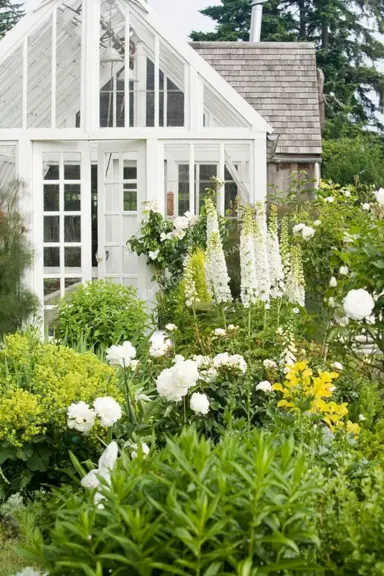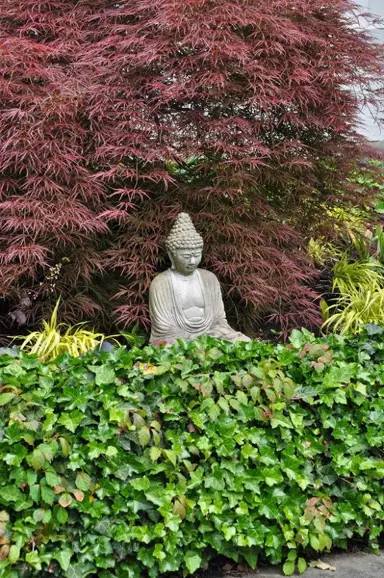
The Plant Company grows, sells, and ships Parahebe plants throughout NZ. We pride ourselves on producing high quality plants and seeing the joy from our customers when they receive them. We do hope you enjoy them and support this NZ business that is passionate about Parahebe plants.
Parahebe 'Snowcap' is an impressive and small variety of Hebe that grows to about 50 cm tall and the same wide. This NZ native carries glossy green...
Parahebe Avalanche is an impressive and small variety of Hebe that grows to about 40 cm tall and the same wide. This NZ native carries glossy green...
Parahebe Baby Blue is an evergreen, small shrub featuring a lovely flowers and foliage. The leaves are glossy green with new foliage having purple...
Parahebe lyalli 'Blue Boy' is a delightful NZ native groundcover plant admired for its masses of soft blue flowers that appear through spring and...
Parahebe lyallii Pink is a New Zealand native shrub grown for its lovely pink flowers in spring. The flowers are complemented with rounded, dark...
Parahebe perfoliata, commonly known as Diggers Speedwell, is an evergreen, small shrub characterised by its lovely flowers and foliage. The leaves...
Parahebe Pink Delight is a New Zealand native shrub grown for its lovely pink and white flowers in spring. The flowers are complemented with rounded...
Growing colourful NZ-native shrubs in your garden delivers a vast range of benefits:
We have the largest variety of Parahebe plants and the right one for your space. Our plants have been selected to thrive in NZ’s climate. We grow and stock only the highest quality plants, sourcing them locally, and from NZ’s leading nurseries. Each plant is packed and transported with extreme care, ensuring it arrives to you in the same condition it was in when it left the nursery. If you are wanting to buy Parahebe, shop with confidence from the best in the industry.
1. Is Parahebe a sun or shade plant?
Parahebe species have varying sun and shade tolerance depending on the cultivar. Some Parahebe plants thrive in full sun, while others prefer partial shade or even full shade. It's important to choose the right cultivar for your specific growing conditions.
Here's a general guide to Parahebe sun and shade tolerance:
If you're unsure about the sun tolerance of a specific Parahebe cultivar, it's always best to err on the side of caution and provide it with partial shade. You can always gradually increase the amount of sun exposure as the plant acclimates.
2. How tall does a Parahebe grow?
The height of a Parahebe plant depends on the species and growing conditions. Most Parahebe species are relatively compact, typically growing to a height of 30-60 cm (1-2 feet). However, some species, such as Parahebe catarractae, can grow up to 1 metre (3 feet) tall.
Here are some examples of Parahebe species and their average heights:
The height of Parahebe plants can be influenced by various factors, including:
Pruning: Regular pruning can help maintain the desired shape and size of the plant, preventing it from becoming overly leggy.
By providing optimal growing conditions and following appropriate care practices, you can encourage your Parahebe plants to flourish and reach their expected heights, adding a touch of vibrant foliage and delicate flowers to your garden landscape.
3. How do you take care of a Parahebe?
Parahebes are a low-maintenance shrub that is relatively easy to care for. Here are some tips on how to keep your Parahebe healthy and thriving:
Planting:
Watering:
Fertilizer:
Pruning:
Additional tips:
With proper care, your plant will reward you with beautiful flowers and attractive foliage for years to come.
4. What is the difference between Hebe and Parahebe?
Hebe and Parahebe are both genera of flowering plants in the family Plantaginaceae. They are closely related and share many similarities, but there are also some key differences between the two.
Hebe
Parahebe
Key differences:
Classification:
In the past, Hebe and Parahebe were considered separate genera. However, recent taxonomic studies have shown that the two genera are closely related and should be merged. As a result, Parahebe species are now classified as Hebe species.
Overall, Hebe and Parahebe are both beautiful and versatile genera of flowering plants that can be a great addition to any garden.
5. Are parahebes Evergreen?
Most Parahebes are evergreen. However, some Parahebes are semi-evergreen, meaning that they lose some of their leaves in cold climates.
The evergreen nature of Parahebes is due to their thick, leathery leaves. These leaves are well-adapted to retaining moisture and resisting cold weather.
Here are some examples of evergreen Parahebes:
Here are some examples of semi-evergreen Parahebes:
Whether you need assistance finding the plant you’re looking for or you simply want to know more about who we are and what we do, we invite you to get in touch with us today. A member of The Plant Company team will get back in touch as soon as possible.


